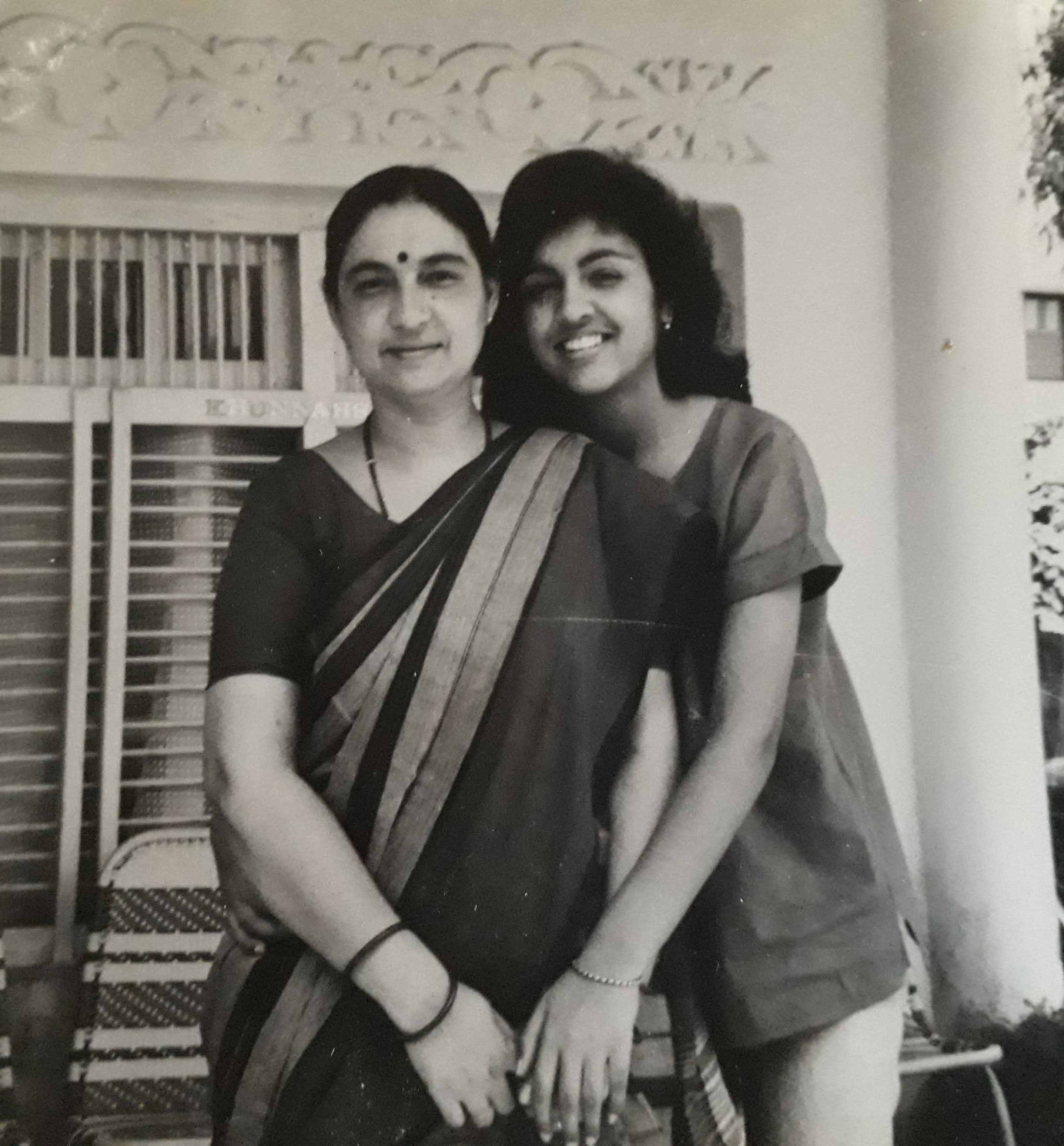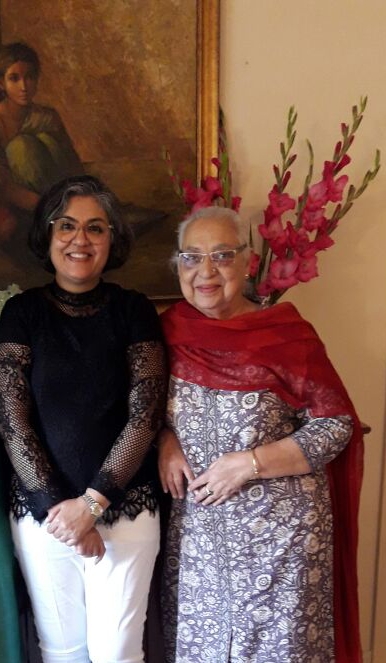Sabudana or sago pearls are rehydrated and sautéed with cubed boiled potatoes, peanuts and green chillies to make sabudana khichri.



Ever since my childhood, I’ve looked forward to the festival of Navratri. As a child I was not aware of the significance of the festival. It was the delicious food prepared by my mother during the festival that was the main appeal. Till date I don’t know why its called fasting. Most dishes are deep fried. Other dishes which include fruit, sabudana and vegetables are tasteful and full of flavour. The dishes I prepare today are mostly what my mother cooks. A few dishes I have learnt from neighbours and the extended family.
In my family we eat the ‘falhar’ or fasting food for the first seven days. On ‘Ahstmi’ or the eighth day, we do the pooja and have Sooji Halwa, Kale Chane and Puris for ‘parsad’.

Tapioca Sago is generally known as sabudana in Hindi. Sago is a produce, prepared from the milk of tapioca root. It is a very nutritious product as it contains carbohydrates and appreciable amount of calcium and vitamin-C.
As sabudana is mainly starch which contains carbohydrates, it is great for a quick boost of energy, and is often served in India for breaking fasts during religious festivals. Sabudana can be cooked in either savoury or sweet dishes.
~ The making of sago
The tapioca root, received from the farms is hygienically cleaned in water & after peeling the skin, it is crushed, allowed to pass the milk after retaining all fibre & impurities. The milk is settled in a tank for nearly 3 to 8 hours, thus all residual impurities float to the top of the tank & are drained out of the settled milk. From this settled Milk Cake, Globules are made by a very simple indigenous machine. After sizing the globules by filtering through sieves, it is roasted on hot plates or heated in steam, depending upon the desired final product. Sago in globular shape is then dried under direct sunlight on big platforms. ~ Sabuindia

Sabudana are dried sago globules which need to be re-hydrated. This is the tricky part. The best way to re-hydrate them is to spread them out on a flat plate and sprinkle water over them. They will absorb the water. This process needs to be repeated till the sabudana pearls/globules are soft to touch.
Peanuts used in the making of Sabudana Khichri are necessary as they keep the sabudana pearls from getting sticky and clumping up during the cooking. They also provide the crunch to the soft sabudana pearls. The potatoes need to be crisped before adding the rest of the ingredients, this helps them retain their texture.
Sabudana Khichri
Sago Khichri
Ingredients ~
200 gms sabudana/sago pearls
1 medium potato
50 gms roasted peanuts
1 small green chilli, optional
1/3 tsp salt
1/4 tsp red chilli powder
Method ~
1. Re-hydrate the sabudana pearls by placing them on a flat plate and sprinkling water over them occasionally till the pearls feel soft to the touch.
2. Boil the potato. When cool, peel it and cut into small cubes.
3. Crush the peanuts coarsely and remove the skins that may separate from the peanut.
4. Chop the green chilli if using.
5. Heat vegetable oil in a wok and when sauté the potatoes till crisp.
6. Add the peanuts and stir.
7. Gently mix in the sabudana pearls. Add the salt, red chilli powder and cook over slow fire till the the sadudana pearls turn translucent and are heated through.
~ Serve with Imli Chutney, Fruit Chaat, Raita, Khatte Aaloo ki Sabji, Khatti Arbi ki Sabji.
For more recipes of dishes cooked in my family during the Navratri festival, please read my post, Navratri Vrat Thali.
Most of the recipes are simple and quick to cook, yet are delicious.

